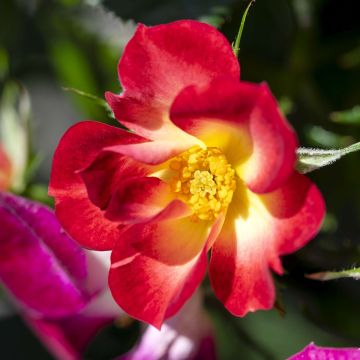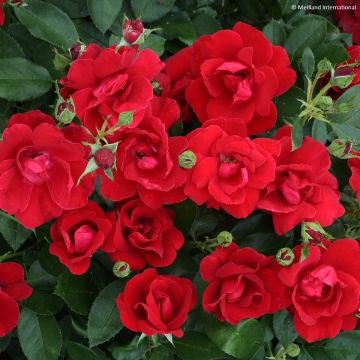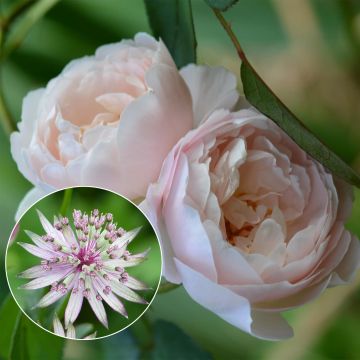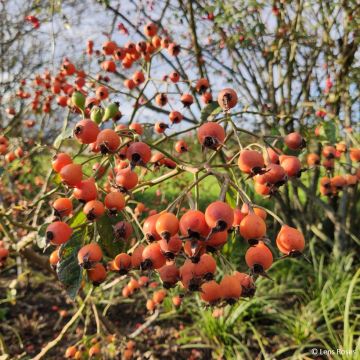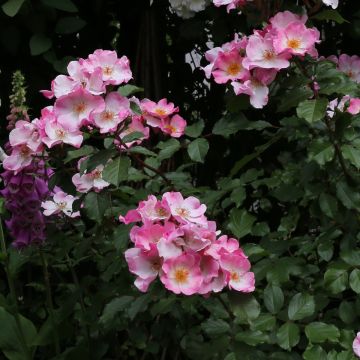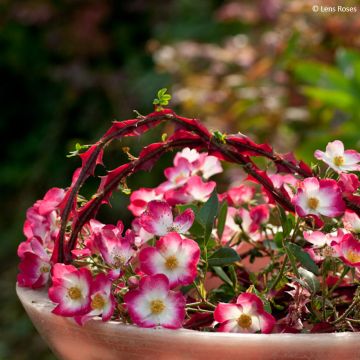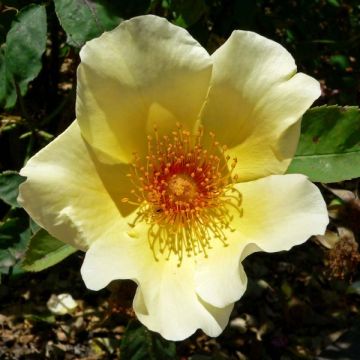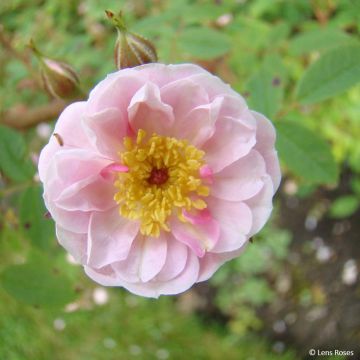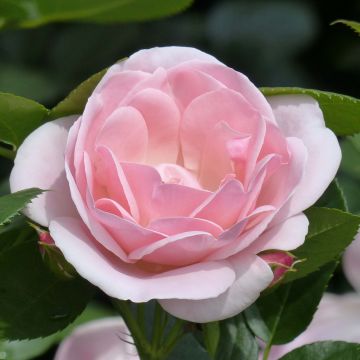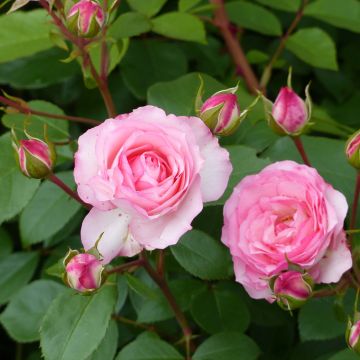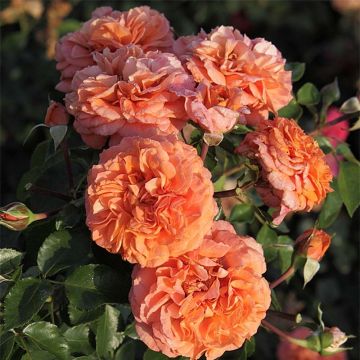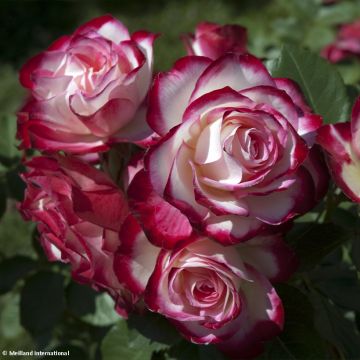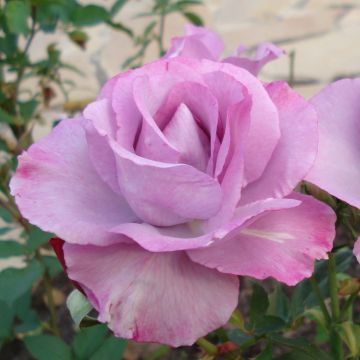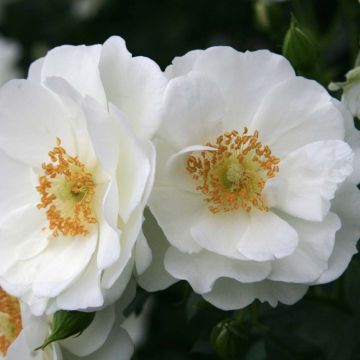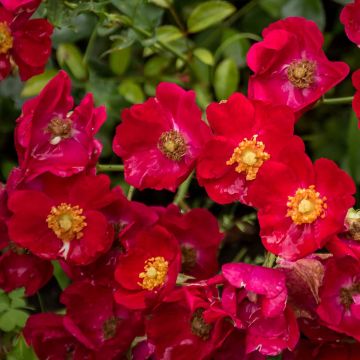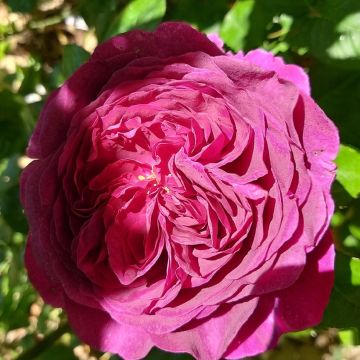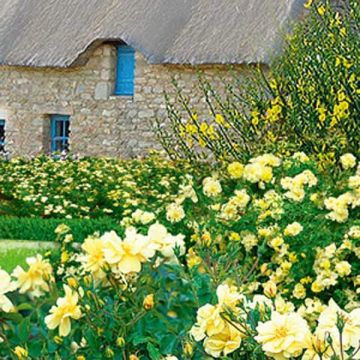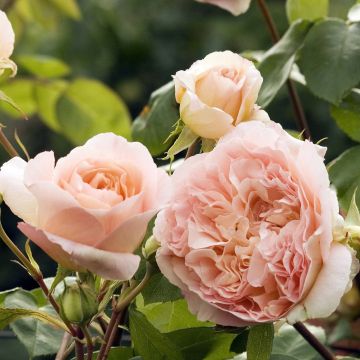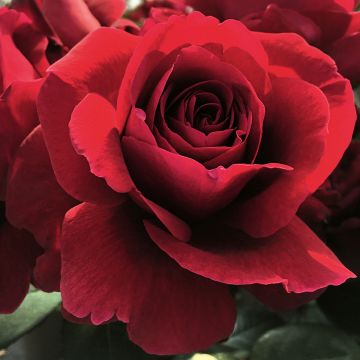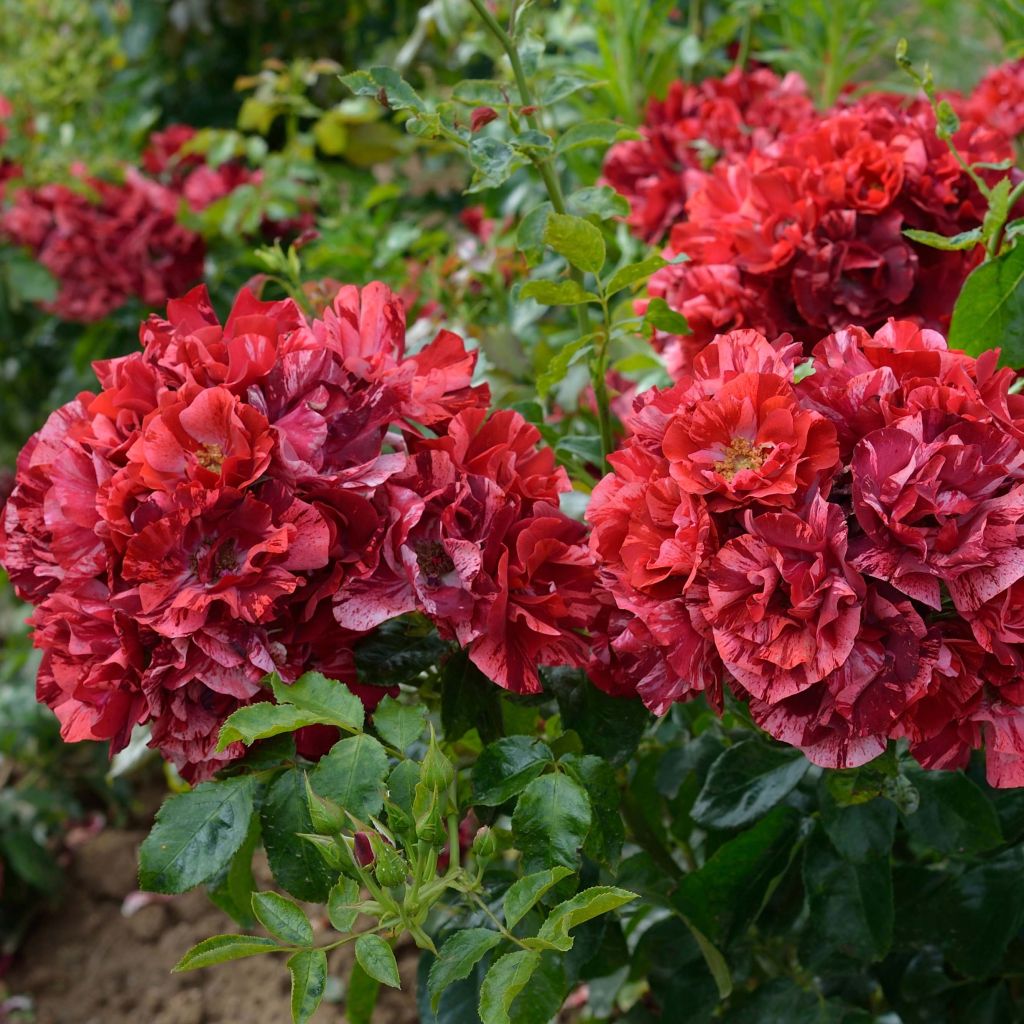

Rosa Queen of the Night - Floribunda rose
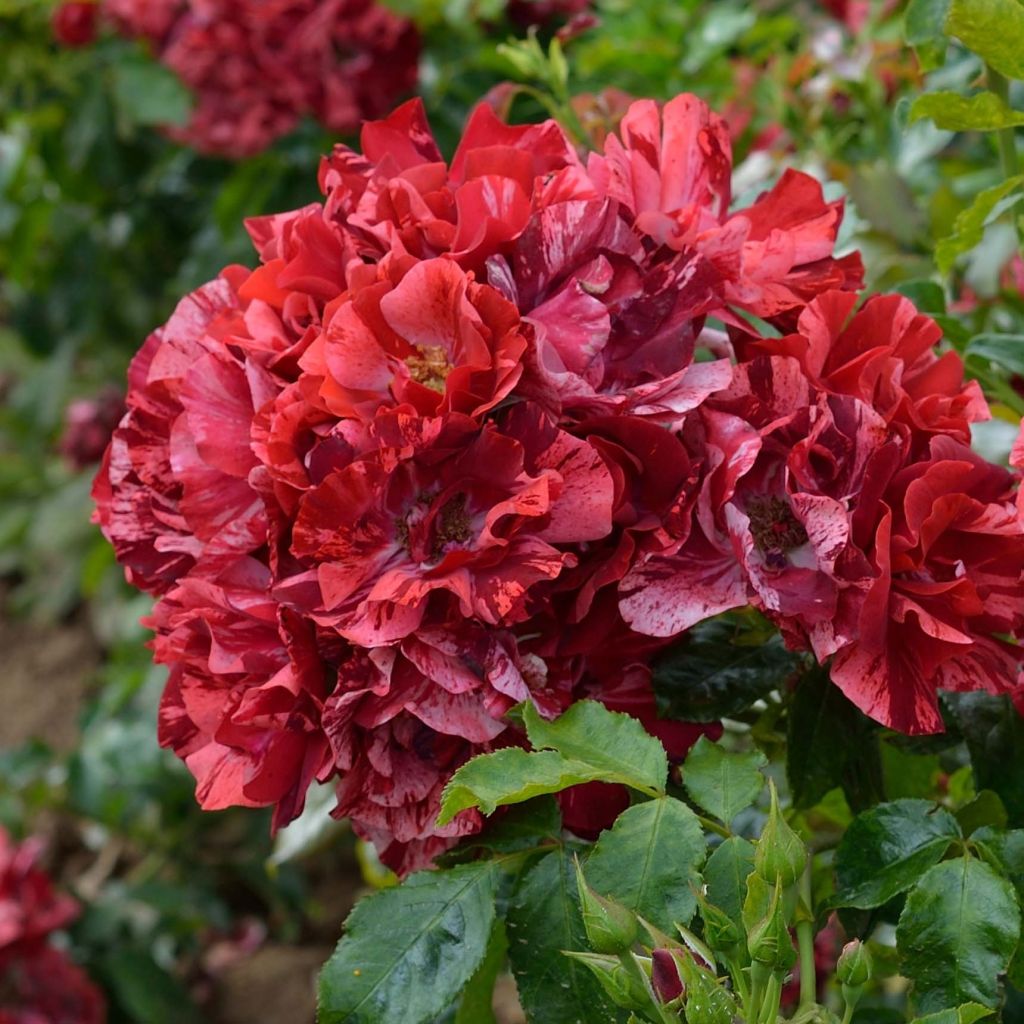

Rosa Queen of the Night - Floribunda rose
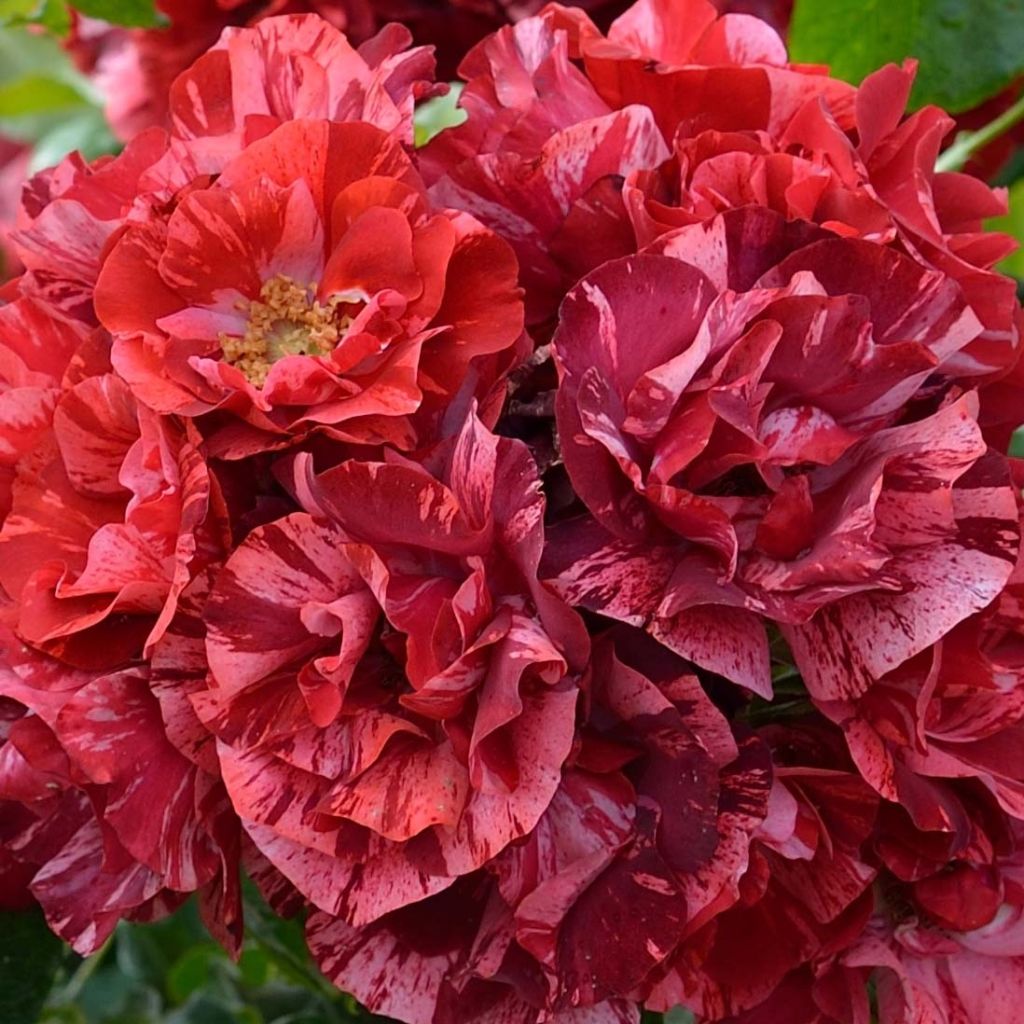

Rosa Queen of the Night - Floribunda rose
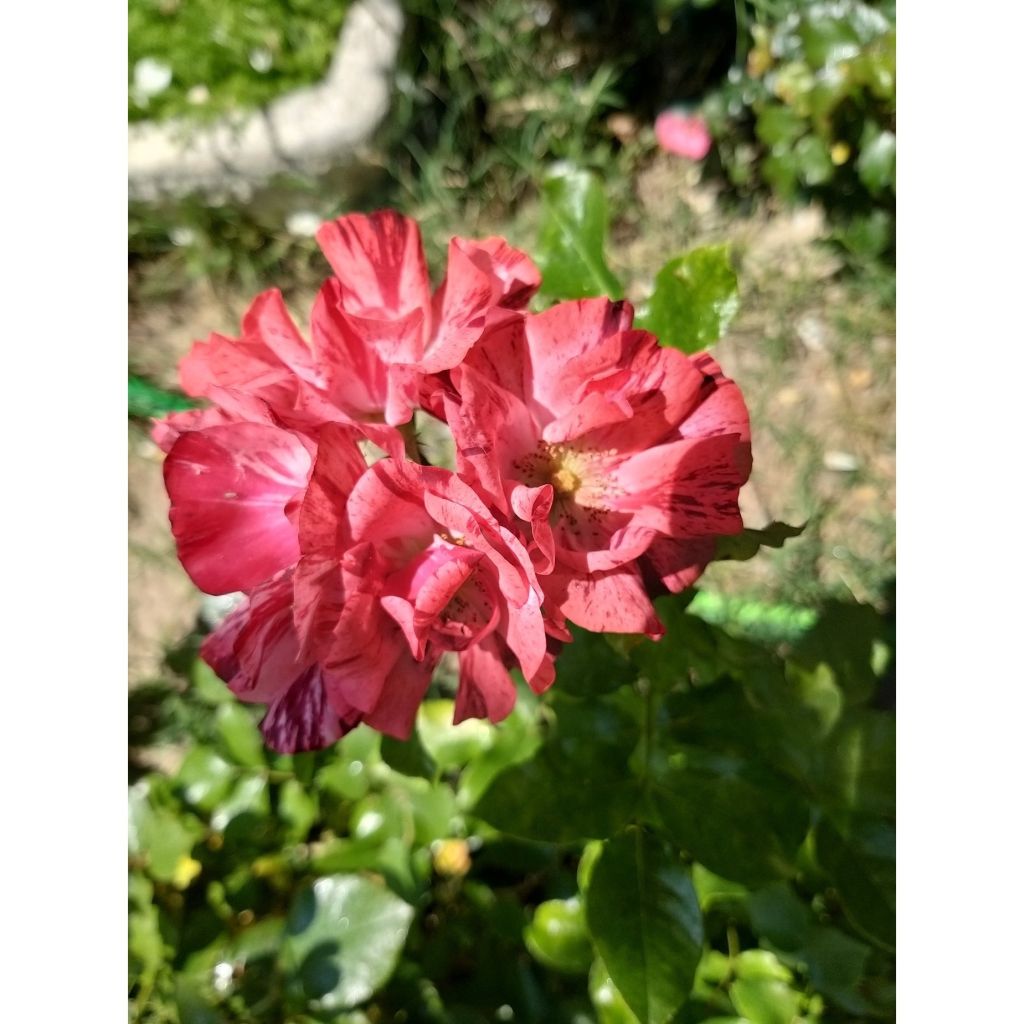

Rosa Queen of the Night - Floribunda rose
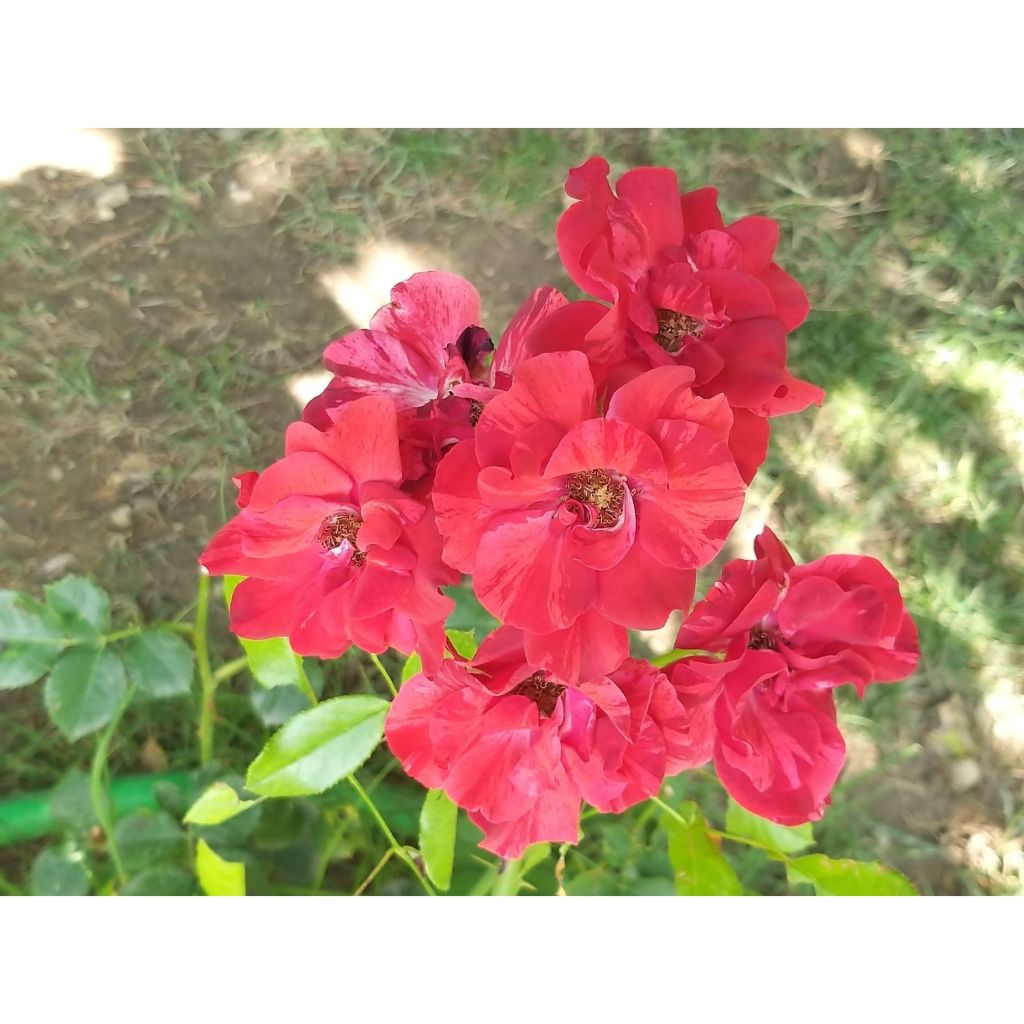

Rosa Queen of the Night - Floribunda rose
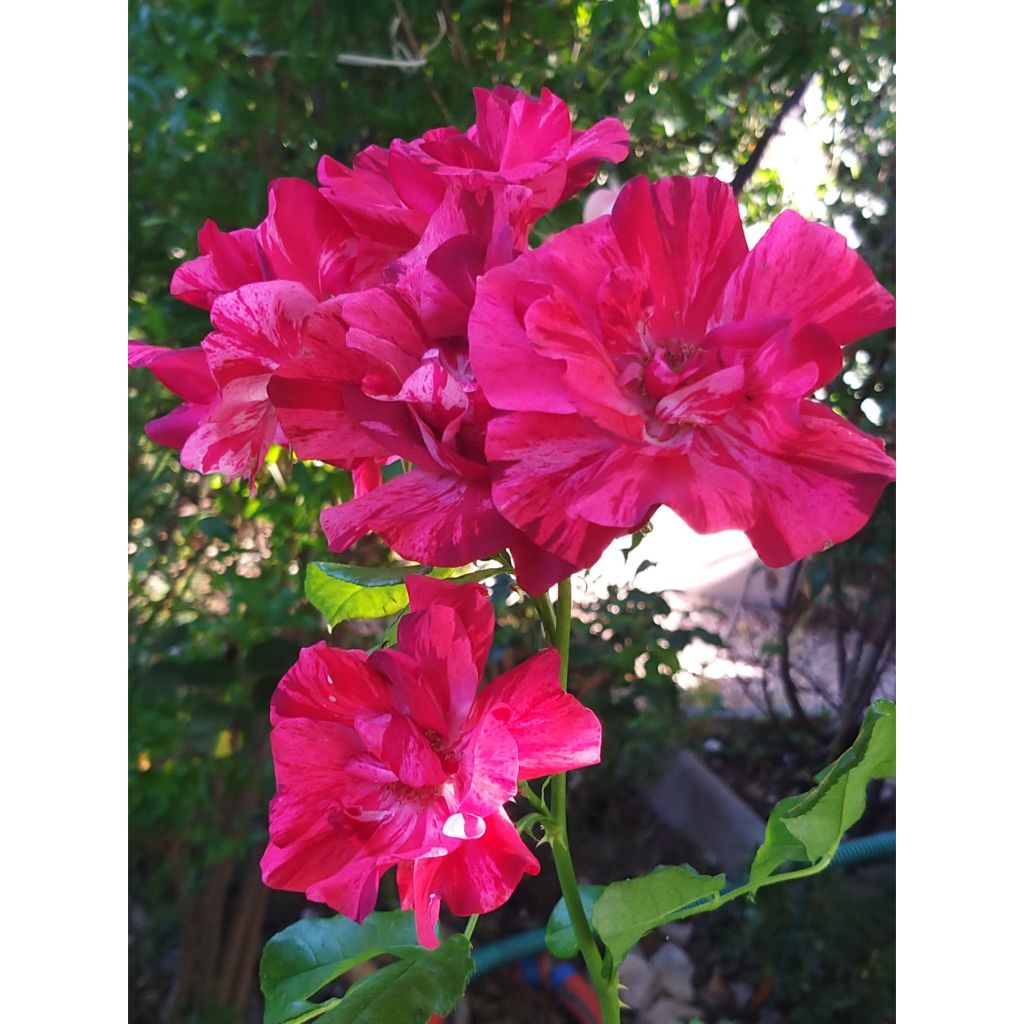

Rosa Queen of the Night - Floribunda rose
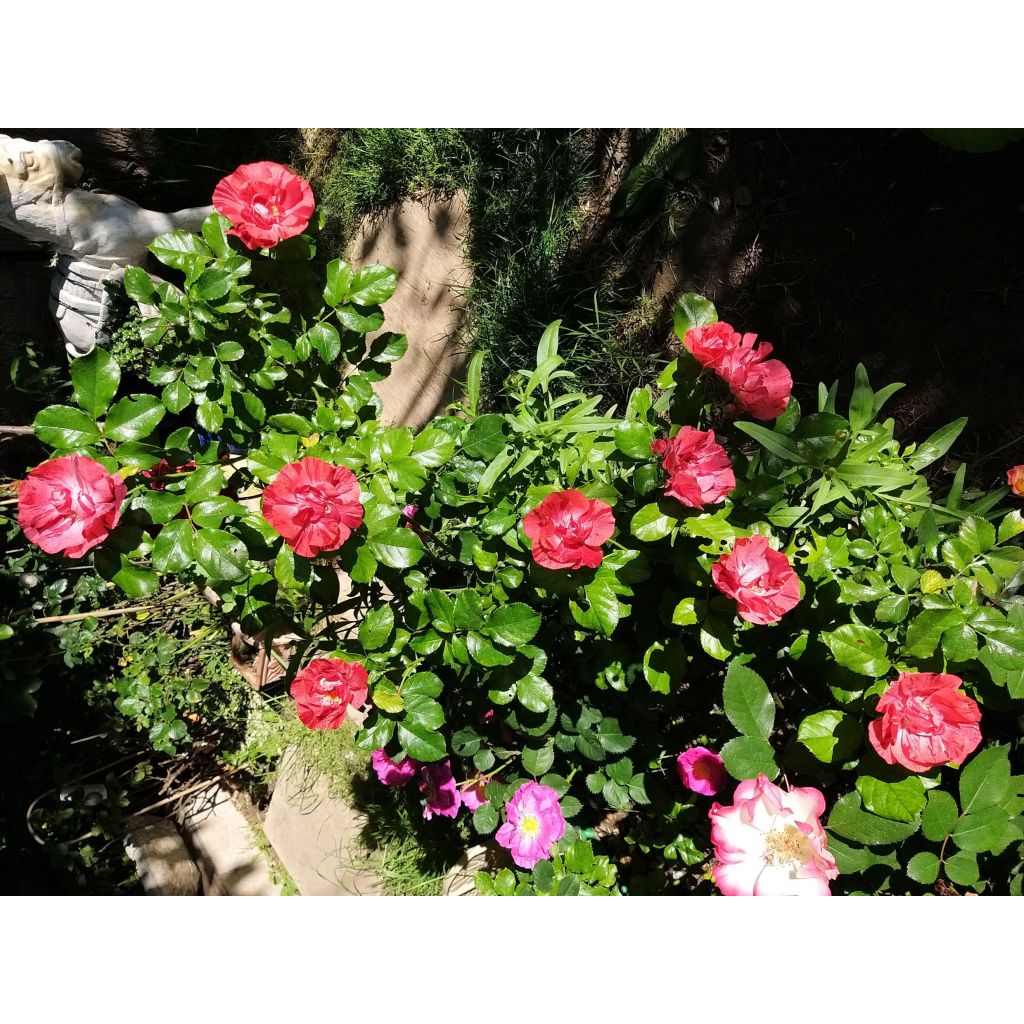

Rosa Queen of the Night - Floribunda rose
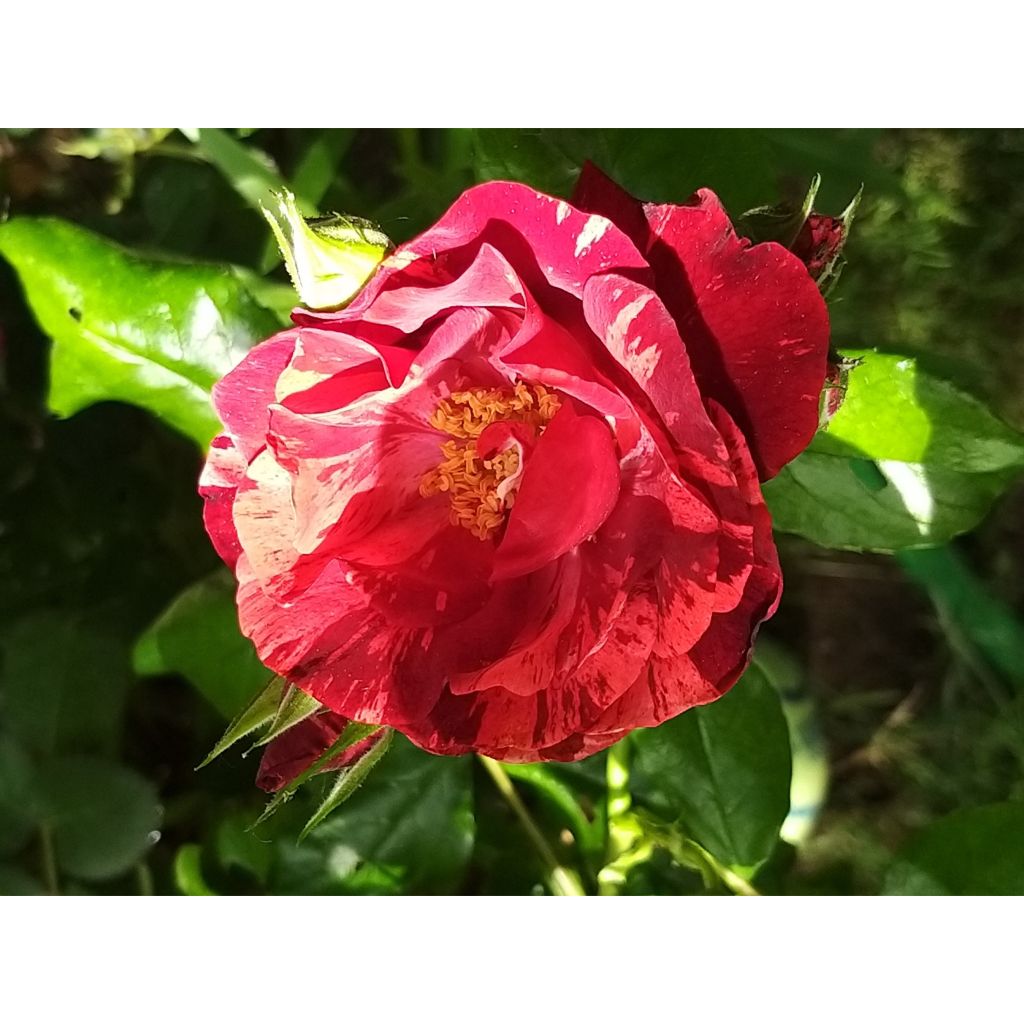

Rosa Queen of the Night - Floribunda rose
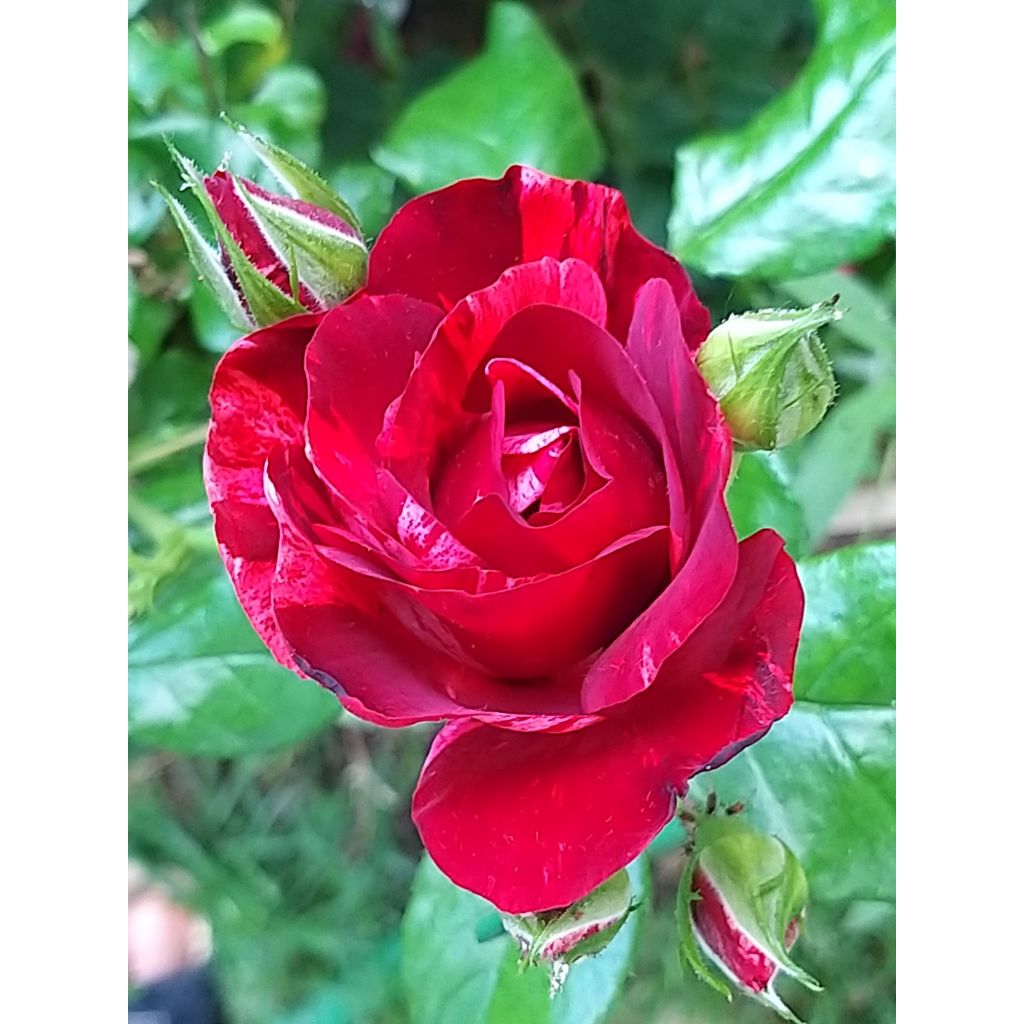

Rosa Queen of the Night - Floribunda rose
Rosa Queen of the Night - Floribunda rose
Rosa La Reine de la Nuit ® 'Delstrilum'
floribunda rose
Thanks to the individuals (? for order preparation and Laetitia R. from the shipping department), the rose bush I received appears to be healthy. Planted near the same variety, I am now awaiting its successful establishment ... (or not?).
Thierry, 04/08/2022
This item cannot be shipped to the selected country
Delivery charge from €5.90
Delivery charge from €5.90
Delivery to Corse prohibited
More information
Schedule delivery date,
and select date in basket
This plant carries a 24 months recovery warranty
More information
We guarantee the quality of our plants for a full growing cycle, and will replace at our expense any plant that fails to recover under normal climatic and planting conditions.
From €5.90 for pickup delivery and €6.90 for home delivery
Express home delivery from €8.90.
From €5.90 for pickup delivery and €6.90 for home delivery
Express home delivery from €8.90.
Delivery to Corse prohibited: UE law prohibits the import of this plant from mainland France to Corse as part of the fight against Xylella fastidiosa. Please accept our sincere apologies.
More information

Does this plant fit my garden?
Set up your Plantfit profile →
Description
Rosa Queen of the Night is a remarkable floribunda rose, a large well-branched bush that is very floriferous with an extravagant flowering. From late spring to the first frost, without interruption, it produces a froth of semi-double, dark red flowers streaked with an almost black purple. Each branch carries bunches of many roses. Its shiny and abundant foliage is very disease-resistant. Plant it in a shrub or large perennial bed, or a large pot on the terrace.
While modern roses are often criticized for their stiffness, soulless flowers, and poor disease resistance, Queen of the Night demonstrates the opposite brilliantly.
Recently obtained by the rosarian Delbard, this shrub rose belongs to the cluster-flowered roses. It forms a superb bush with flexible branches. It will reach an average height of 1.30m (4ft) with a width of 1m (3ft). From May until the first frost if the soil remains moist, it produces bunches of more than 10 semi-double cupped, slightly informal roses, composed of 10 to 12 wavy-edged petals, 5-6 cm (2in) in diameter. Each flower is different, but all are randomly streaked with blackish purple on a red background. The red background colour becomes more purplish as time goes by. The flower's centre has a small white eye filled with a few golden yellow stamens. It is scentless. The deciduous foliage, present from spring to autumn, is divided into shiny green leaflets. This variety has excellent resistance to rust and black spot and only requires an annual pruning in late winter.
Rosa 'Queen of the Night' will set the garden ablaze throughout the summer season. It is robust and easy and thrives in any soil that is not too dry, allowing it to be grown in many regions, even at medium altitudes. It makes a beautiful subject to place in the centre of a bed of perennials, in a small garden. It can also be integrated into a large shrub bed or a hedge with Japanese quince, Berberis, Mexican orange trees, or other roses such as 'Emera', 'Opalia', 'Swany', Rosa officinalis... Its association with white flowers (lilies, foxgloves, paniculate gypsophila) or blue flowers (delphinium, perennial geranium Rozanne or Blue Cloud, Caryopteris) is always successful.
Report an error about the product description
Rosa Queen of the Night - Floribunda rose in pictures
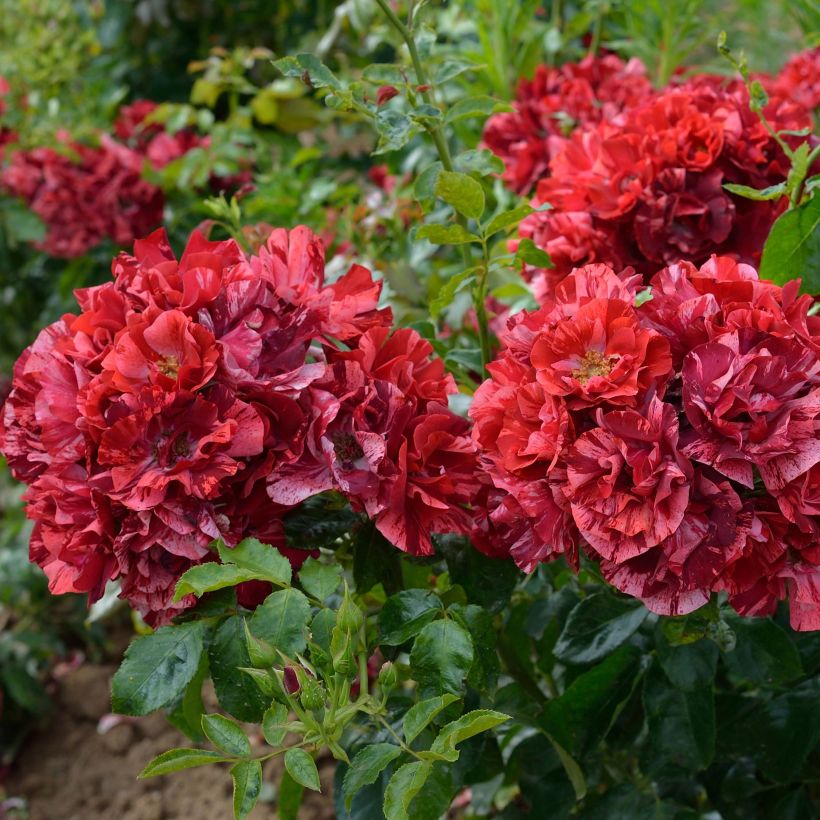

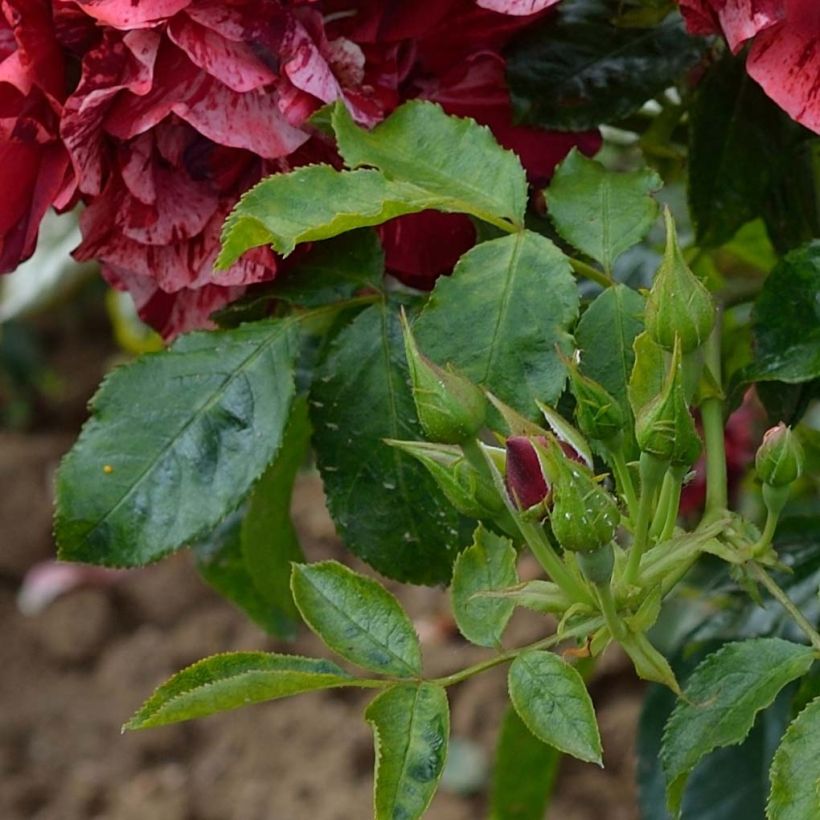

Plant habit
Flowering
Foliage
Botanical data
Rosa
La Reine de la Nuit ® 'Delstrilum'
Rosaceae
floribunda rose
Cultivar or hybrid
Rosa multiflora (3L/4L pot), Rosa canina Laxa (Wrapped bare root)
Other Landscape shrub Roses
Planting and care
The Queen of the Night rose is a robust plant that thrives in sunny locations with deep, fertile, and loose soil. To plant your rose, prepare the soil by digging it to a depth of 25 cm (10in) and adding a base fertiliser such as bonemeal at the bottom of the planting hole. Remove your rose from its pot, place it in the hole and cover the top of the root ball with 3 cm (1in) of soil. Fill the hole and water thoroughly to eliminate any air pockets. During dry weather, regular watering is necessary for a few weeks to promote root growth. Water regularly in hot and dry weather for the first two or three years. Once established, your rose will not need watering in the summer. Also, consider applying special rose fertiliser to promote flowering.
Roses often develop stains or become unsightly towards the end of summer, but this does not affect their growth. These stains are natural and not harmful to the rose.
Planting period
Intended location
Care
-
, onOrder confirmed
Reply from on Promesse de fleurs
Roses by producer
Haven't found what you were looking for?
Hardiness is the lowest winter temperature a plant can endure without suffering serious damage or even dying. However, hardiness is affected by location (a sheltered area, such as a patio), protection (winter cover) and soil type (hardiness is improved by well-drained soil).

Photo Sharing Terms & Conditions
In order to encourage gardeners to interact and share their experiences, Promesse de fleurs offers various media enabling content to be uploaded onto its Site - in particular via the ‘Photo sharing’ module.
The User agrees to refrain from:
- Posting any content that is illegal, prejudicial, insulting, racist, inciteful to hatred, revisionist, contrary to public decency, that infringes on privacy or on the privacy rights of third parties, in particular the publicity rights of persons and goods, intellectual property rights, or the right to privacy.
- Submitting content on behalf of a third party;
- Impersonate the identity of a third party and/or publish any personal information about a third party;
In general, the User undertakes to refrain from any unethical behaviour.
All Content (in particular text, comments, files, images, photos, videos, creative works, etc.), which may be subject to property or intellectual property rights, image or other private rights, shall remain the property of the User, subject to the limited rights granted by the terms of the licence granted by Promesse de fleurs as stated below. Users are at liberty to publish or not to publish such Content on the Site, notably via the ‘Photo Sharing’ facility, and accept that this Content shall be made public and freely accessible, notably on the Internet.
Users further acknowledge, undertake to have ,and guarantee that they hold all necessary rights and permissions to publish such material on the Site, in particular with regard to the legislation in force pertaining to any privacy, property, intellectual property, image, or contractual rights, or rights of any other nature. By publishing such Content on the Site, Users acknowledge accepting full liability as publishers of the Content within the meaning of the law, and grant Promesse de fleurs, free of charge, an inclusive, worldwide licence for the said Content for the entire duration of its publication, including all reproduction, representation, up/downloading, displaying, performing, transmission, and storage rights.
Users also grant permission for their name to be linked to the Content and accept that this link may not always be made available.
By engaging in posting material, Users consent to their Content becoming automatically accessible on the Internet, in particular on other sites and/or blogs and/or web pages of the Promesse de fleurs site, including in particular social pages and the Promesse de fleurs catalogue.
Users may secure the removal of entrusted content free of charge by issuing a simple request via our contact form.
The flowering period indicated on our website applies to countries and regions located in USDA zone 8 (France, the United Kingdom, Ireland, the Netherlands, etc.)
It will vary according to where you live:
- In zones 9 to 10 (Italy, Spain, Greece, etc.), flowering will occur about 2 to 4 weeks earlier.
- In zones 6 to 7 (Germany, Poland, Slovenia, and lower mountainous regions), flowering will be delayed by 2 to 3 weeks.
- In zone 5 (Central Europe, Scandinavia), blooming will be delayed by 3 to 5 weeks.
In temperate climates, pruning of spring-flowering shrubs (forsythia, spireas, etc.) should be done just after flowering.
Pruning of summer-flowering shrubs (Indian Lilac, Perovskia, etc.) can be done in winter or spring.
In cold regions as well as with frost-sensitive plants, avoid pruning too early when severe frosts may still occur.
The planting period indicated on our website applies to countries and regions located in USDA zone 8 (France, United Kingdom, Ireland, Netherlands).
It will vary according to where you live:
- In Mediterranean zones (Marseille, Madrid, Milan, etc.), autumn and winter are the best planting periods.
- In continental zones (Strasbourg, Munich, Vienna, etc.), delay planting by 2 to 3 weeks in spring and bring it forward by 2 to 4 weeks in autumn.
- In mountainous regions (the Alps, Pyrenees, Carpathians, etc.), it is best to plant in late spring (May-June) or late summer (August-September).
The harvesting period indicated on our website applies to countries and regions in USDA zone 8 (France, England, Ireland, the Netherlands).
In colder areas (Scandinavia, Poland, Austria...) fruit and vegetable harvests are likely to be delayed by 3-4 weeks.
In warmer areas (Italy, Spain, Greece, etc.), harvesting will probably take place earlier, depending on weather conditions.
The sowing periods indicated on our website apply to countries and regions within USDA Zone 8 (France, UK, Ireland, Netherlands).
In colder areas (Scandinavia, Poland, Austria...), delay any outdoor sowing by 3-4 weeks, or sow under glass.
In warmer climes (Italy, Spain, Greece, etc.), bring outdoor sowing forward by a few weeks.


































